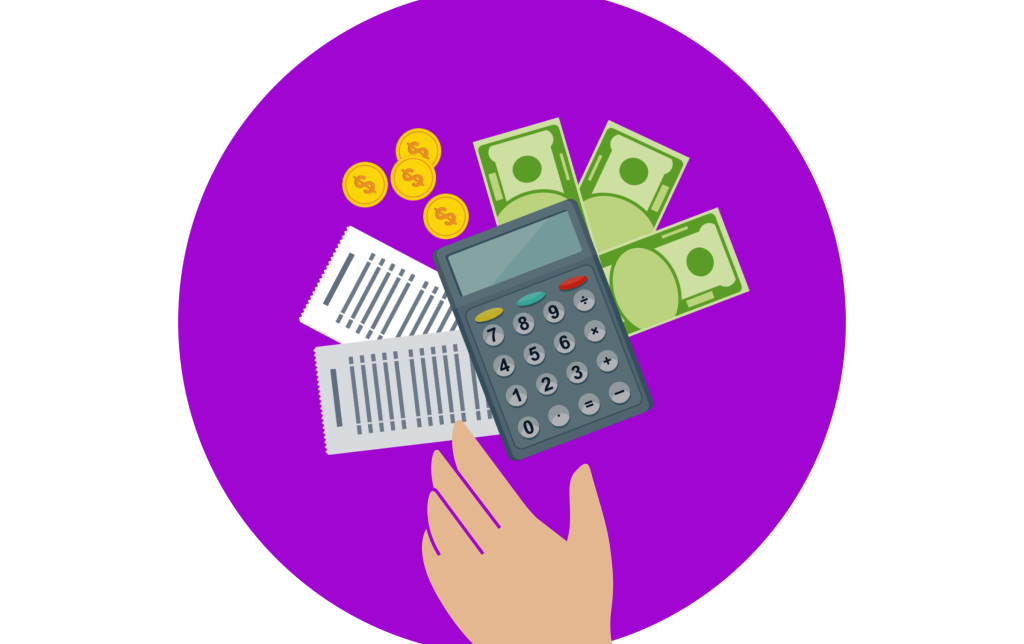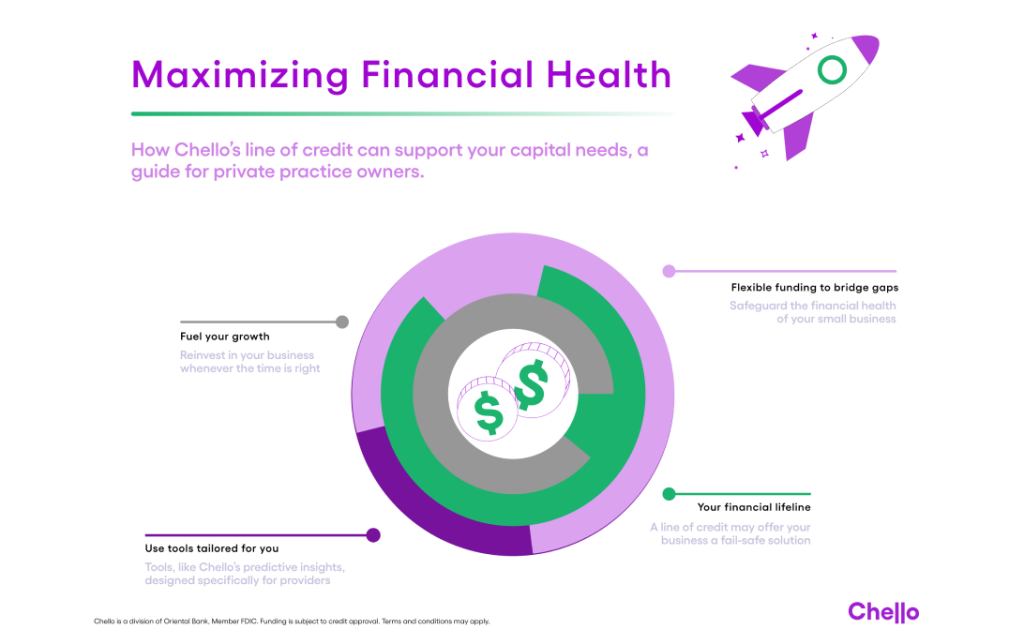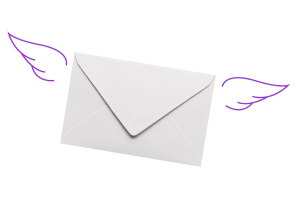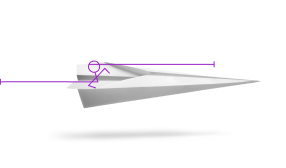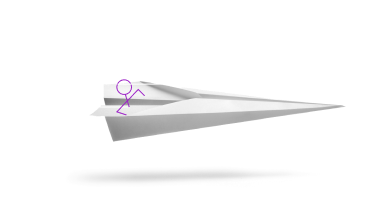7 Effective Strategies to Improve Cash Flow at Your Medical Practice
How To Improve Cash Flow as a Doctor
Cash flow issues in your medical practice can really spell trouble, right? But here's the thing: tackling the root cause head-on can actually get those finances moving again, paving the way for growth and stability and perhaps even the opening of a second practice. And best part yet, improving your cash flow isn't quite as complicated as you may first think.
First, we find it helpful to break down the definition of cash flow into an easy to understand equation. Operating cash flow equals revenue plus expenses plus your bank account balances at any moment in time. To increase cash flow you need to increase revenue, decrease expenses, or do both. Shine a spotlight on these and find practical, attainable ways to increase one while decreasing the other and you’ll be golden.
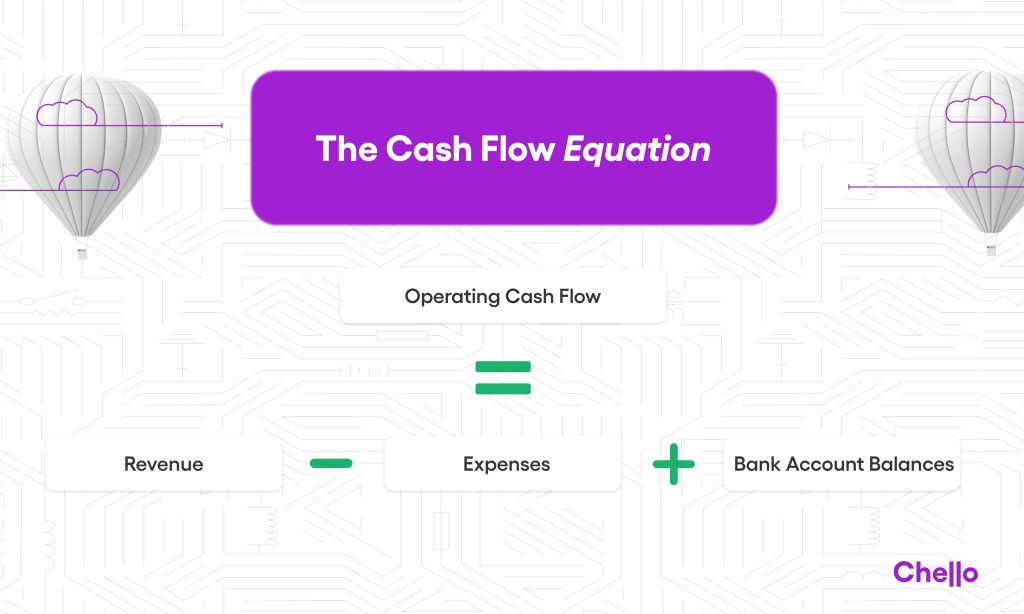
In the meantime, here are 7 practical strategies to boost your medical practice's cash flow.
Measures that Involve Increasing Revenue:
Streamline Insurance Billing Processes
Medical practices often face delays and complications in receiving payments from insurance companies, leading to cash flow bottlenecks. This can be especially frustrating and can lead to almost 2% lost net patient revenue. To improve cash flow, doctors should focus on streamlining their insurance billing processes and making sure employees feel well-informed on the entire process. Implementing electronic billing systems, verifying patient insurance coverage before appointments, and promptly submitting accurate claims can expedite reimbursement and reduce payment delays.
Optimize Patient Appointment Scheduling

Efficient appointment scheduling can significantly impact cash flow in a medical practice. Doctors should strive to maximize patient appointments without overbooking, ensuring optimal utilization of resources. Scheduling software that allows patients to book appointments online and sends automated reminders can minimize no-shows and optimize practice efficiency. And as imagined, more appointments leads to more cash flow.
If you are a doctor that is experiencing increased difficulty here are some additional tips for making the process smoother:
- Prepping for no-shows
- Making use of all open block times
- Automating manual processes
- Leveraging telemedicine (more information below)
Offer Flexible Payments Options
To enhance cash flow, doctors should provide patients with flexible payment options. Offering payment plans, accepting various forms of payment (credit cards, online payments, etc.), and implementing a transparent billing process can improve patient satisfaction and prompt payment collection.
Additionally, consider partnering with financing companies to offer patients medical financing options for costly procedures, easing financial burdens and increasing revenue for the practice. If you’re looking for more information on payment plan best practices, read this.
Along with flexible payments options, it is just as critical to offer simplified routes for making payments. Depending on the types of patients you are primarily seeing should dictate the payment system that you opt for. If your patients fall into the millennial category, then a digital payment system would be best. If your patients are older, although it may seem counterintuitive, a traditional payment system may be easier for them.
Increase Billable Services and Codes
Incorporating telemedicine and remote services into a medical practice can expand patient access, increase practice revenue, and improve cash flow. Offering virtual consultations, remote monitoring, and telehealth services enable doctors to provide care beyond traditional office hours. It also enables you to reach patients in remote or underserved areas or those that may not have easy access to transportation. It also helps reach the younger population, as a vast majority have access to digital devices. Tacking on new services can attract new patients, reduce overhead costs, and drive revenue growth.
Invest in Staff Training and Development
Well-trained staff members play a vital role in enhancing practice efficiency and revenue generation. Doctors should invest in ongoing training and development programs for their staff to improve productivity, patient satisfaction, and revenue capture. Training sessions on efficient billing practices, customer service skills, and practice management techniques can empower staff members to contribute positively to cash flow optimization efforts. And while this may be an initial incurred expense on the doctor’s end, in the long run, it’s going to help.
Measures the Involve Decreasing Expenses:
Negotiate Favorable Vendor Contracts

Reducing operational expenses is essential for improving cash flow in a medical practice. Doctors should regularly review vendor contracts and negotiate favorable terms with suppliers, pharmaceutical companies, and service providers. Securing discounts, rebates, and payment terms that align with the practice's cash flow needs can lower overhead costs and increase profitability.
Tip: Research the wholesale costs of the supplies before negotiating. If you were to ask for something extremely low, there’s a chance your negotiations could end prematurely.
Implement Cost-Effective Material Management
Effective inventory management is crucial for controlling costs and optimizing cash flow in a medical practice. Doctors should analyze their inventory usage patterns, eliminate obsolete or slow-moving items, and negotiate bulk purchase discounts with suppliers. Implementing inventory management software can automate replenishment processes, minimize stockouts, and reduce excess inventory, freeing up cash for other practice expenses.

